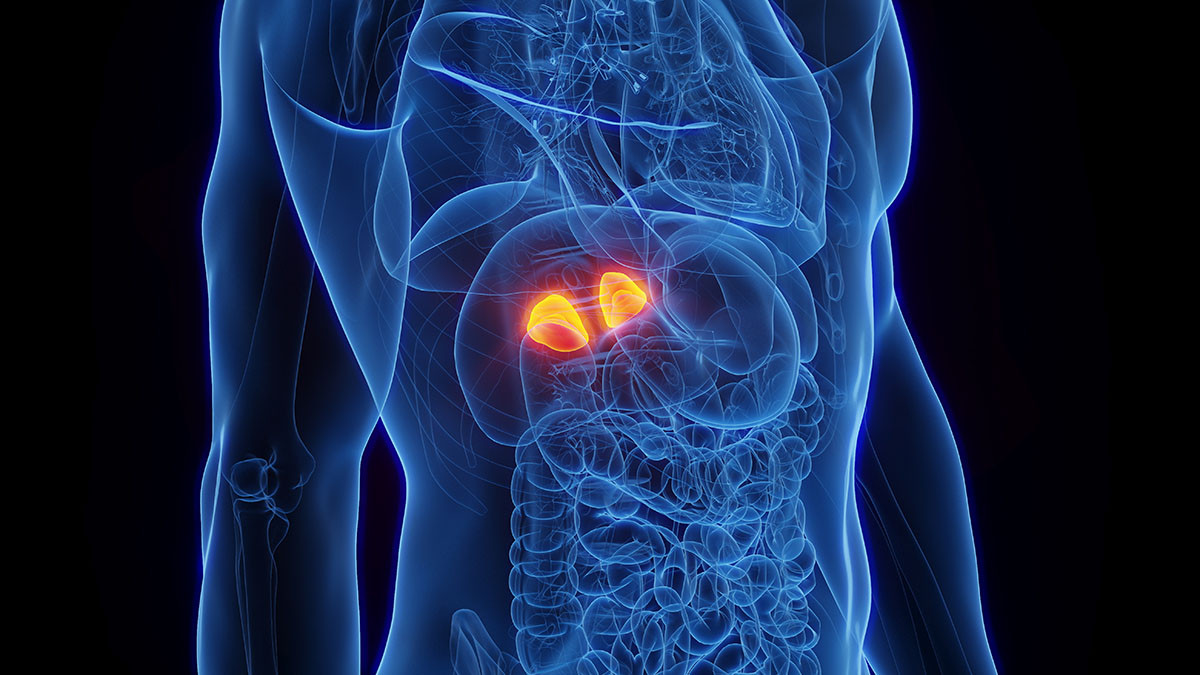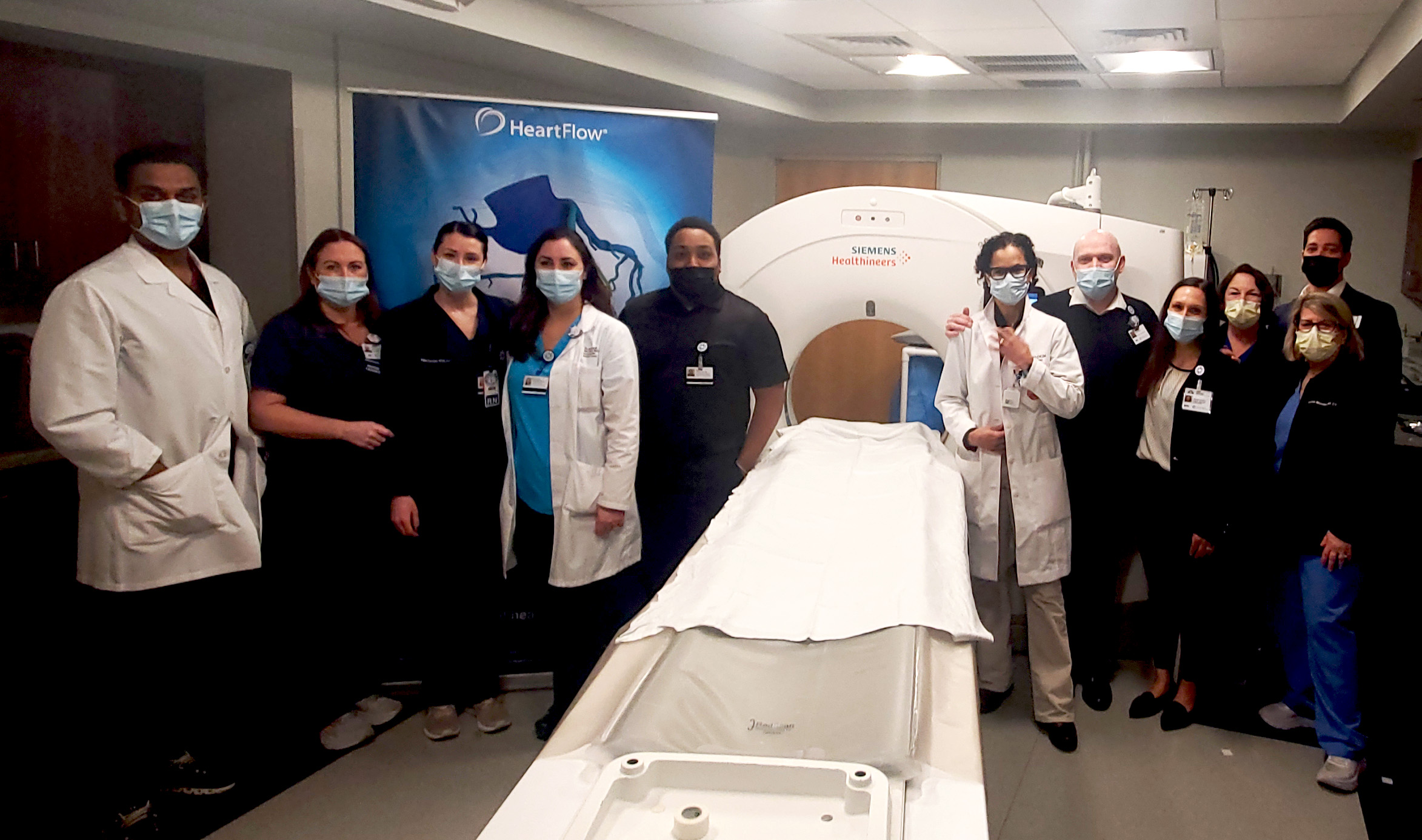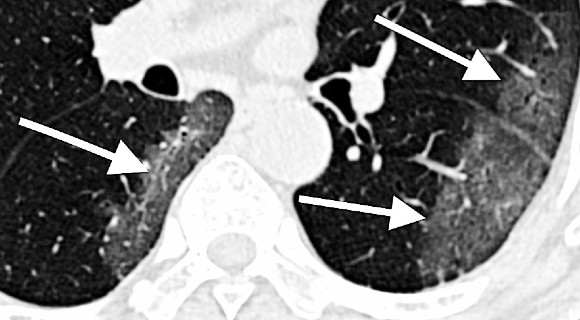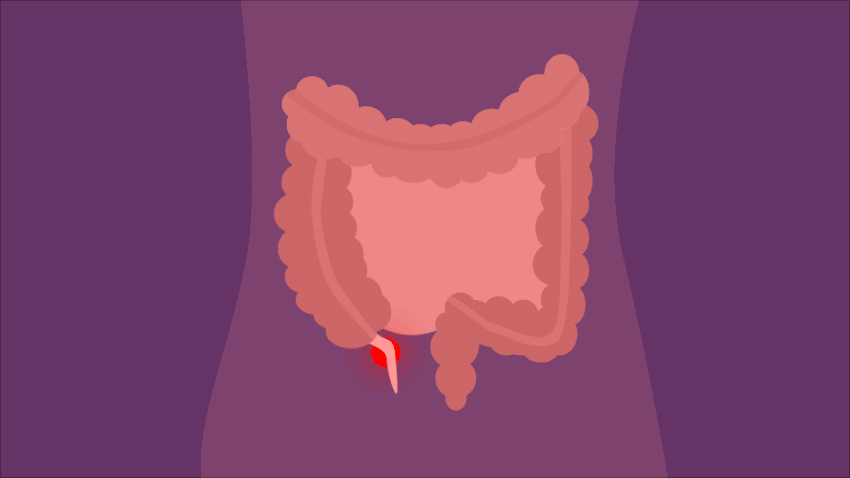A new study from UC Davis Health’s Emergency Medicine may lead to a reduction in inappropriate computed tomography use in injured children.
Tag: Ct Scan
MD Anderson Research Highlights for March 20, 2024
The University of Texas MD Anderson Cancer Center’s Research Highlights showcases the latest breakthroughs in cancer care, research and prevention.

Experts: All Adrenal Tumors Should Be Evaluated
As an on-the-go mother of two equally on-the-go preschoolers, Yessenia Paez was accustomed to dealing with common parenting stress. But when 24/7 anxiety, heart palpitations, hand tremors and chronic headaches became the norm for the better part of a year, she knew something more was at play.
How Good Is That AI-Penned Radiology Report?
New study identifies concerning gaps between how human radiologists score the accuracy of AI-generated radiology reports and how automated systems score them.
‘Concerning’ CT scans may cause unnecessary hospitalization for some pulmonary embolism patients
Some pulmonary embolism patients may be hospitalized unnecessarily due to CT imaging results rather than clinical risk factors, a study finds. Roughly half of the low risk patients had CT imaging features that physicians consider “concerning”, and these patients fared just as well in the hospital as those whose CT scans showed no concerning findings.
Underused Screening Test Could be Saving More Lives from Lung Cancer
Lung cancer is responsible for more deaths than any other cancer in the country. While using CT scans to screen for lung cancer has been around for about 10 years, experts say this simple test is largely underused. “Unfortunately, many…

Hackensack Meridian Mountainside Medical Center Receives the HeartFlow® CT Quality Award for Commitment to Patients’ Heart Health
Mountainside received the HeartFlow® CT Quality Award. Honorees are in the top 22% of medical centers providing patients with better pathways for identifying and understanding heart health using CT scans and HeartFlow® Analysis, a groundbreaking technology for diagnosing coronary artery disease.
Global contrast media shortage: Strategies for conservation
In wake of the global shortage of iodinated contrast media, researchers modeled several ways to conserve it. They found that a combination of methods could reduce contrast media use for CT scans by approximately 80% if a moderate reduction in diagnostic accuracy could be tolerated. They say changes must be made to minimize supply chain risk in the future.
Amid Global Shortage, Study Shows How to Cut Contrast Dye Use 83%
As a worldwide shortage of contrast dye for medical imaging continues, a new UC San Francisco research letter in JAMA quantified strategies medical facilities can employ to safely reduce dye use in computed tomography (CT) by up to 83%. CT is the most common use for the dye.
First Report of Minimally Invasive Aortic Valve Replacement Using Real-Time CT Imaging in Elderly Man with Heart Failure and Blood Clot
Cardiologists from the Structural and Congenital Heart Center and Cardiac Surgeons at Hackensack Meridian Hackensack University Medical Center/Hackensack Meridian School of Medicine have reported what is believed to be the very first patient with heart failure and a blood clot to undergo a minimally invasive transcatheter aortic valve replacement using CT (computed tomography) fusion imaging, a technique that employs two different imaging modalities.
Children with cognitive delays are more likely to have CT scan to diagnose appendicitis
Computed tomography (CT) is used at a higher rate than ultrasound in children with developmental and cognitive impairments to diagnose appendicitis, even though CT scans increase radiation risk in smaller bodies.

Artificial intelligence could improve accuracy, efficiency of CT screening for COVID-19 diagnosis
Researchers at the University of Notre Dame are developing a new technique using artificial intelligence (AI) that would improve CT screening to more quickly identify patients with the coronavirus.

NIH harnesses AI for COVID-19 diagnosis, treatment, and monitoring
NIH has launched an ambitious effort to use artificial intelligence, computation, and medical imaging to enable early disease detection, inform successful treatment strategies, and predict individual disease outcomes of COVID-19.

Why is Appendicitis Not Always Diagnosed in the Emergency Department?
A new study examines the factors associated with a potentially missed diagnosis of appendicitis in children and adults in the emergency department.

CT scanning wheat grains for stress tolerance
Scientists have developed a computed tomography (CT) scanning method for screening large samples of wheat for drought and heat tolerance. They believe the new system will allow more accurate and much more rapid analysis of wheat heads, speeding up the process of breeding for plants better adapted to climate change
New Tool for an Old Disease: Use of PET and CT Scans May Help Develop Shorter TB Treatment
Experts believe that tuberculosis, or TB, has been a scourge for humans for some 15,000 years, with the first medical documentation of the disease coming out of India around 1000 B.C.E. Today, the World Health Organization reports that TB is still the leading cause of death worldwide from a single infectious agent, responsible for some 1.5 million fatalities annually. Primary treatment for TB for the past 50 years has remained unchanged and still requires patients to take multiple drugs daily for at least six months. Successful treatment with these anti-TB drugs — taken orally or injected into the bloodstream — depends on the medications “finding their way” into pockets of TB bacteria buried deep within the lungs.